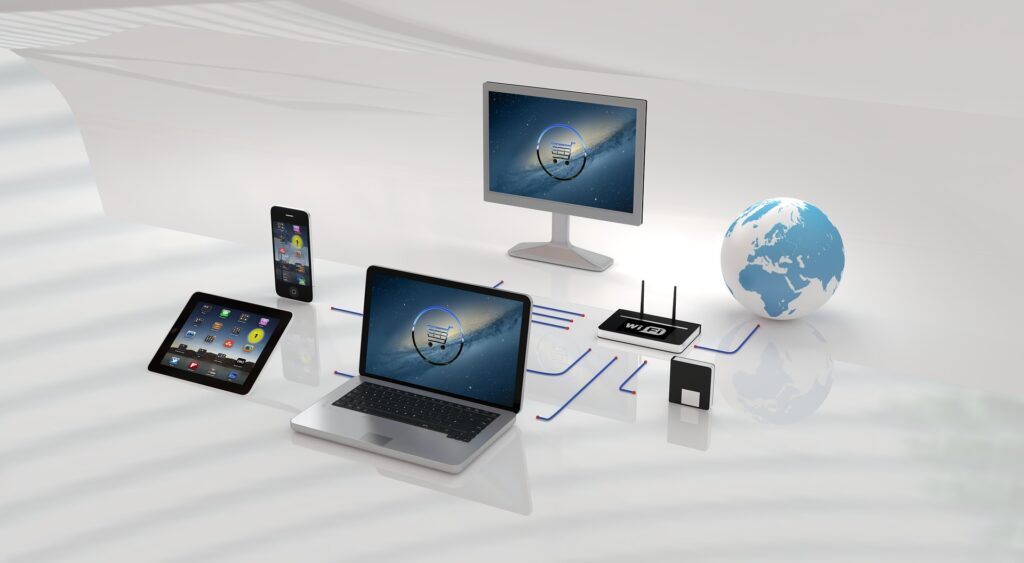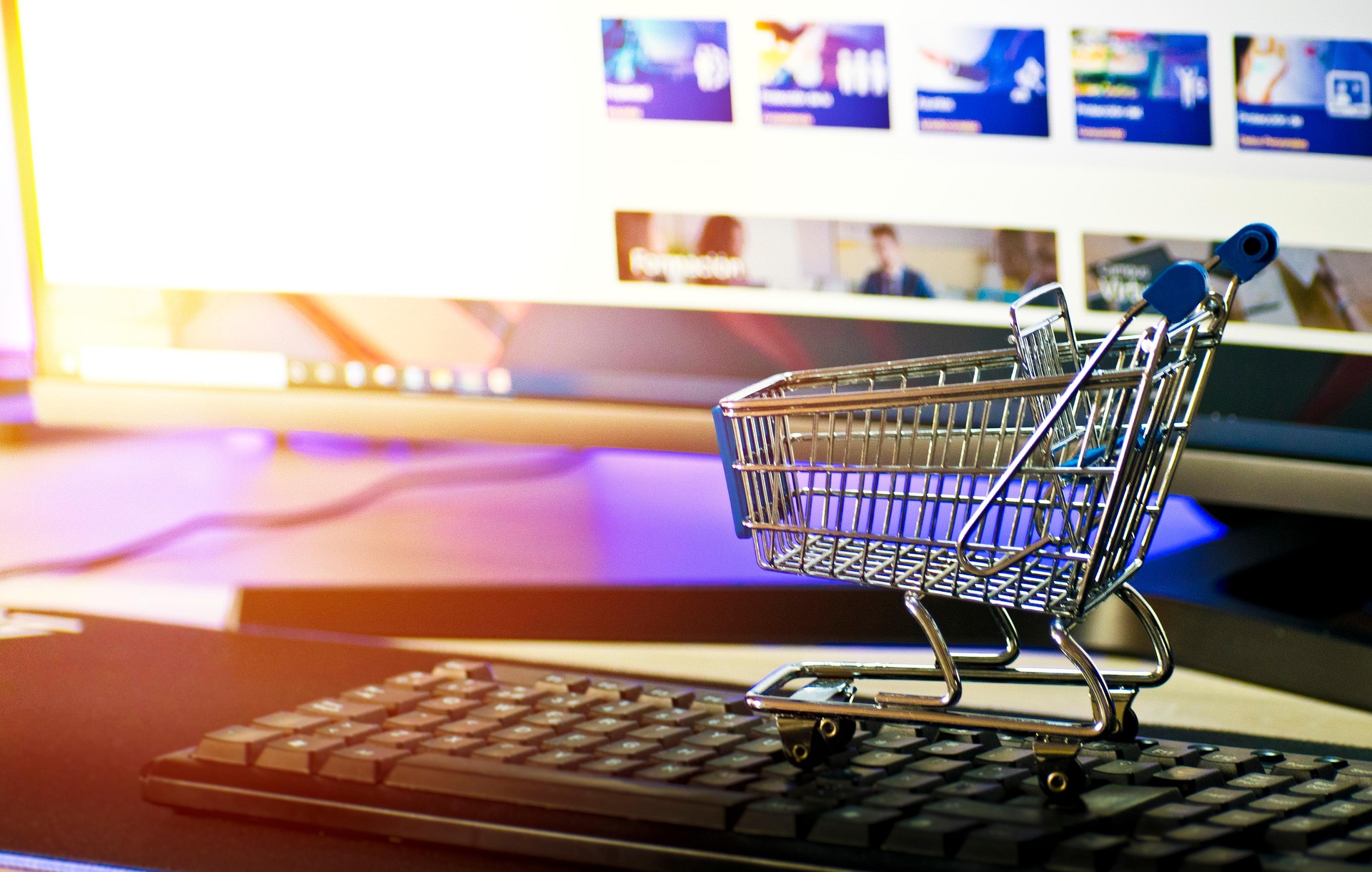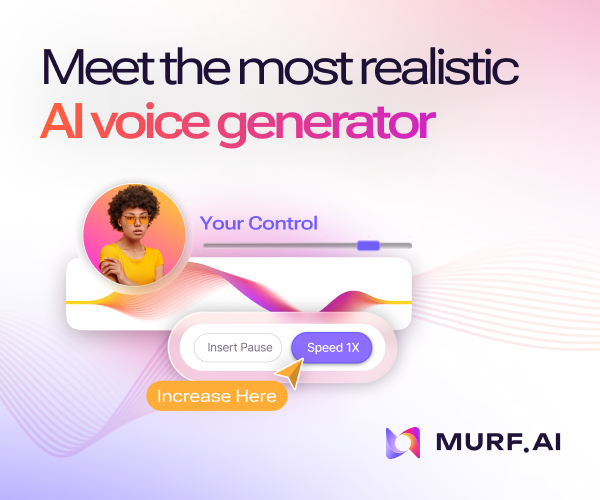Ever feel like an online store just gets you? You visit once, browse a few products, and suddenly, every ad and email is filled with things you actually want. That’s not luck—it’s AI working behind the scenes to make shopping more personal. Understanding AI powered personalization can help you to increase your e-commerce conversions.

In an age where 76% of consumers get frustrated when brands don’t personalize their shopping experience (Salesforce, 2023), AI has emerged as the ultimate tool to turn browsers into buyers. By 2025, the AI-driven personalization market is projected to reach $9.2 billion (MarketsandMarkets), and for good reason: brands using AI personalization report 20–30% higher conversion rates (McKinsey). Whether you’re a startup or an enterprise, leveraging AI to tailor every click, email, and product recommendation can transform your e-commerce game. Let’s explore how.
Why Generic Shopping Experiences Don’t Work Anymore
Imagine walking into a store where the salesperson knows your name, remembers what you bought last time, and suggests exactly what you need. That kind of attention makes you feel valued, right?
E-commerce needs to feel the same way. If a shopper lands on your site and sees a bunch of random products they don’t care about, they’re likely to leave. AI helps fix that by creating a unique experience for every visitor, keeping them engaged and more likely to buy.
Why Personalization is Non-Negotiable in 2024
Today’s shoppers expect more than a generic “Dear Customer” email. A 2024 SmarterHQ study found that 72% of consumers only engage with marketing messages tailored to their interests. Meanwhile, 80% of frequent shoppers say they’re more likely to buy from brands that offer personalized experiences (Twilio).
AI bridges this gap by analyzing data points like browsing history, purchase patterns, and even social media activity to create hyper-relevant interactions. For instance, Netflix’s recommendation engine drives 80% of viewer activity, proving that personalization isn’t just a perk—it’s a profit driver.
How AI Personalization Boosts Sales
1. Smart Product Recommendations
Ever wondered why Amazon seems to know exactly what you need before you do? AI analyzes browsing history, past purchases, and even how long someone looks at a product to suggest the right items at the right time. The more relevant the recommendations, the more likely customers are to buy.
Also read: From Idea to Profit: How to Leverage AI for a Fully Automated Online Business
2. Pricing That Adapts in Real-Time
AI can adjust prices based on demand, competitors’ pricing, and even customer behavior. Ever seen airline ticket prices change within hours? That’s AI-driven pricing in action. In e-commerce, this means you’re always offering the best price without losing profits.
3. Personalized Emails & Messages
Nobody likes spammy marketing emails. AI helps send personalized emails and SMS messages based on what customers actually care about. Whether it’s a discount on a product they viewed or a reminder about an abandoned cart, these small nudges make a big difference.
4. AI Chatbots That Feel Human
Let’s be honest—most chatbots used to be annoying. But AI-powered ones are getting really good. They can answer product questions, suggest items, and even help with checkout, all while making customers feel like they’re chatting with a real person.
Also read: AI Chatbots for Business: How to Automate Customer Service and Sales
5. AI-Optimized Website Experience
Imagine if your website could change in real-time based on who’s visiting. AI can highlight the most relevant products, tweak page layouts, and even adjust calls-to-action to match each shopper’s behavior, increasing the chances of a sale.
Case Studies: Brands Winning with AI Personalization
1. Stitch Fix’s Data-Driven Styling
The online styling service uses AI to analyze customer preferences, body type, and feedback. Algorithms curate personalized clothing boxes, driving a 25% increase in repeat purchases and reducing returns by 10% (2023).
2. Sephora’s Beauty Insider Magic
Sephora’s AI tool scans past purchases and quizzes to recommend makeup shades. Coupled with virtual try-ons, this strategy boosted online sales by 35% in 2023.
3. ASOS’s Hyper-Targeted Campaigns
ASOS uses AI to segment shoppers into 1,000+ micro-categories. A campaign targeting “vegan leather enthusiasts” with curated product carousels achieved a 40% higher click-through rate than generic ads.
5 Steps to Implement AI Personalization (Without Breaking the Bank)
- Audit Your Data
Consolidate customer data from CRM, social media, and web analytics. Tools like Segment.com unify data streams for AI analysis. - Start Small with Email
Use AI platforms like Brevo to send behavior-based emails (e.g., post-purchase skincare tips). - Test Product Recommendations
Plug-and-play tools like Nosto require zero coding. One Shopify store saw a 22% revenue boost in 3 months using it. - Optimize Pricing Dynamically
Solutions like Competera adjust prices in real time. A European electronics retailer increased margins by 12% using AI repricing. - Measure and Iterate
Track metrics like conversion rate, average order value (AOV), and customer lifetime value (CLV).
Also read: The Power of AI in SEO: How to Rank Higher and Drive More Traffic with AI
The Best AI Tools for E-commerce Personalization
- Shopify Magic – AI-driven tools for Shopify stores
- Dynamic Yield – Personalization software for custom shopping experiences
- Clerk.io – AI-powered product recommendations
- LivePerson – Smart chatbots for real-time customer interactions
Avoid These AI Personalization Pitfalls
- Overstepping Privacy Boundaries: 58% of shoppers find personalized ads “creepy” if based on overly personal data (HubSpot, 2023). Always anonymize data and comply with GDPR.
- Ignoring Mobile Users: 73% of e-commerce traffic comes from mobile. Ensure AI tools optimize for smaller screens.
The Future: AI Personalization Beyond 2024
Emerging trends like generative AI chatbots (e.g., ChatGPT store assistants) and AR-powered virtual try-ons are redefining personalization. By 2026, 60% of retailers will use AI to predict shopping intent before users visit their sites (Gartner).
Ready to Transform Your E-Commerce Strategy?
Start by testing one AI tool this week—whether it’s personalized product bundles or dynamic email campaigns. As Jeff Bezos famously said, “We see our customers as invited guests to a party, and we are the hosts.” With AI, you can make every guest feel like the guest of honor.
Have you tried AI personalization? Share your wins (or lessons!) below. Tag a fellow entrepreneur who needs a conversion boost!








